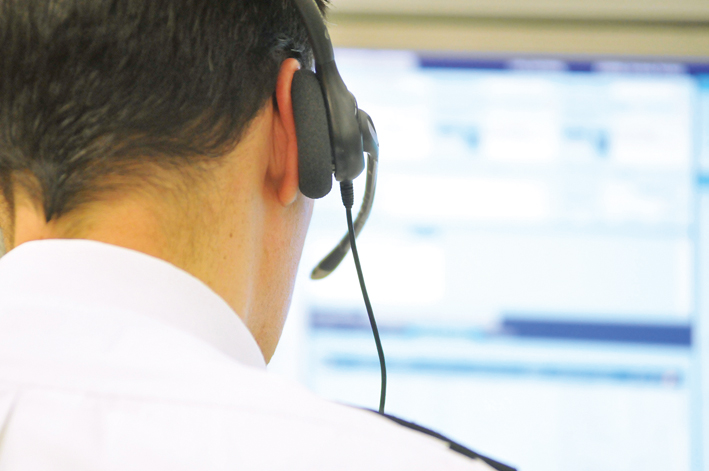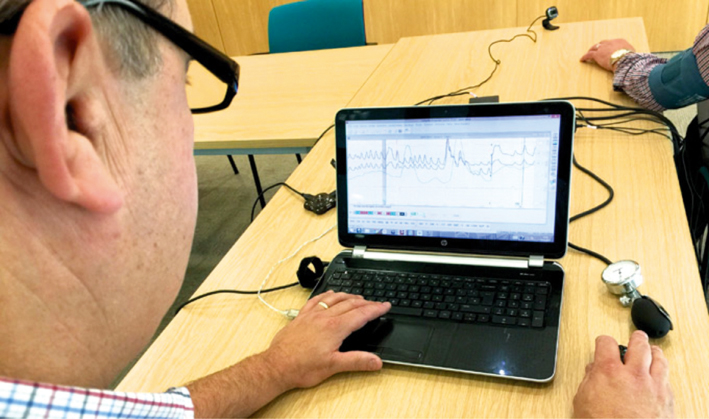The need for information-led policing
Robert Martin, account manager for policing and defence at predictive analytics specialists SPSS, talks to Police Professional about the latest developments in the use of data across UK and European police forces.

Robert Martin, account manager for policing and defence at predictive analytics specialists SPSS, talks to Police Professional about the latest developments in the use of data across UK and European police forces.
Controversy often surrounds Home Secretary Jacqui Smith when speaking of the UK police service. However, she has stood by a decision to allocate £50 million to the police to spend on handheld devices such as PDAs and an extra £25 million announced in the Governments latest Green Paper. The PDAs will allow officers more time in solving crime and helping the local community, and less time at a desk in the station.
This is all in addition to funding last year for mobile computer devices that allow fingerprints to be taken on the spot, give officers a chance to cross-reference a national database of mug shots, and enable information to be sent back to a central database.
However, the Governments initiatives to increase the level of technology available to the public sector may not be just a case of spending more but also spending more wisely.
Its important not just to acquire data from incidents, the public and police officers on the beat; but also to be able to quickly assimilate and interpret that data and allow the searching of information obtained both quickly and easily.
Many police forces already use techniques such as predictive analytics to look at transient patterns in data and then use link analysis to highlight a trend. However, the full potential for this technology when working with information surrounding criminal behaviour is often left untapped.
A full understanding of predictive analytics allows the police to do far more than just counting crime and move onto anticipating, preventing and perhaps even allowing the community to respond effectively to any threat such as a the recent spate of knife crime among young people.
Predicting the outcome
Counting crime and surveying police officers and the victims to determine how they were dealt with is an important application, but is only one use of predictive analytics. It is known that criminal behaviour tends to be relatively repetitive. By analysing the data, police can be much more proactive in foreseeing and preventing crime than at present.
The importance of analysis becomes apparent when you consider that data which is seemingly irrelevant to one case can often help to solve another.
Based on the technique of profiling, even things like seasonality and the weather conditions at the time of an incident may become important. Criminals generally work within their comfort zone and by using predictive analytics, police can often link the modus operandi of one crime to another.
Data collection
Police forces have become very good at collecting data. However, it is the use of this data where some forces still need to gain ground, especially with the increasing use of electronic records management systems.
Witness reports often represent unstructured text and so text mining, which can spot patterns in free text to link witness statements together, is essential in solving crimes that can sometimes span back 50 years.
Often, reports taken by different officers can contain discrepancies police officers abbreviate their words in reports and so statements from different officers often dont match. Also, in some communities, English is not always the first language. Therefore, only by data sharing and mining can intelligence be gained.
At present, many UK forces use double-key entry when compiling reports. This means that when an officer fills out information for a report it is called through to a crime reporter who inputs the data onto a central information system.
The double entry of information can often lead to errors and is labour intensive. Mobile data collection, used by some police forces internationally, allows the data to be collected at source, often the scene of a crime



